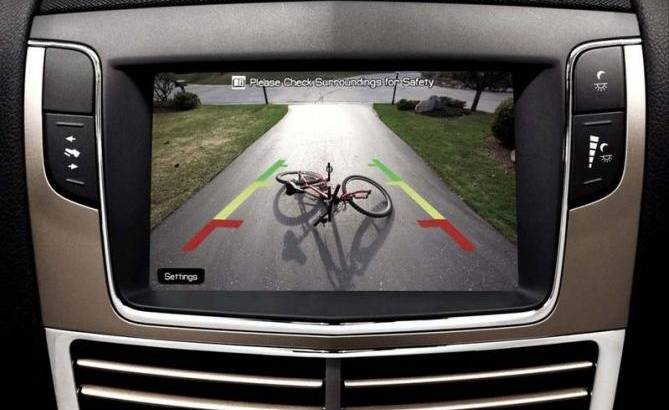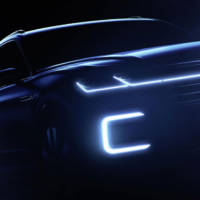Harman, the producer of the popular Harman Kardon audio systems found on BMW`s and Mini`s, is also very popular for its other branches: connected car systems and visual products, enterprise automation solutions and connected services.
The most recent system was created to help eliminate the blind spots that kill or injure 15,000 pedestrians a year in the U.S. Reverse Pedestrian Detection combines data from a range of existing Harman technologies fitted to the car, including a rear camera and sensor, to detect pedestrians behind the vehicle. In one of its most critical uses, it can successfully detect smaller children, aged between 12 and 23 months, who are most vulnerable to being hit.
The rising popularity of bigger vehicles such as SUVs has exacerbated the blind spot issue for consumers. Coupled with drivers placing too much reliance on the effectiveness of sensors and cameras, Harman believes only by combining real-time sensory data with driver attention can the situation improve.
The Reverse Pedestrian Detection technology uses advanced computer vision methods and a fish eye camera to detect pedestrians behind the vehicle and fuses it with data from the ultrasonic sensors for close pedestrian verification. To improve the accuracy, the application also uses the steering wheel angle and speed for calculating probable collision trajectories.
Reverse Pedestrian Detection technology is a cost-effective safety enhancement that is based on software implementation without the requirement of additional hardware: it’s available to automotive manufacturers now.



